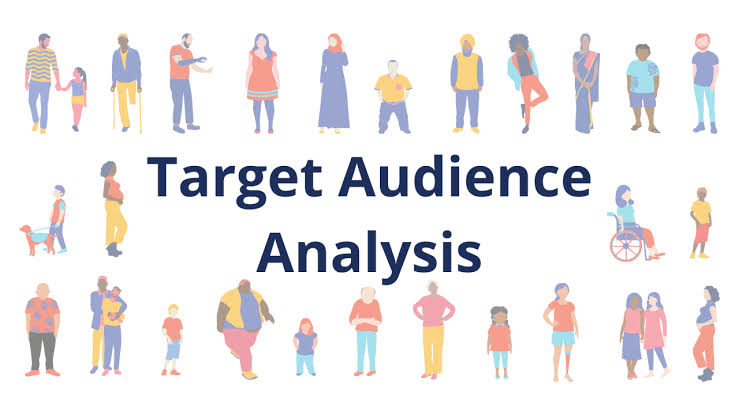Learn how to effectively understand and analyze your target audience through research and data-driven strategies. Discover techniques for defining your audience, conducting market research, creating personas, and utilizing analytics to enhance your marketing efforts.
Grasping the preferences of your audience is key, to effective marketing and communication approaches. It entails delving into the characteristics, actions, likes and requirements of your desired audience. This understanding allows you to customize your message, product or service to meet their expectations. Ultimately boosting interaction and impact.
Defining Your Target Audience
To grasp your audience it's crucial to pinpoint their identity. This entails crafting a comprehensive profile of your prospective customer. Start by examining data on your clientele such as their age, gender, income, profession and geographic location. These demographic insights offer a glimpse into the individuals drawn to what you offer.
Subsequently explore aspects, known as psychographics. These encompass the beliefs, passions, principles and lifestyles of your target group. For example reflect on what drives your audience their leisure activities and core values. This understanding goes beyond identifying them; delves into the reasons they may find your product or service appealing.
Conducting Market Research
Conducting research is crucial, for understanding your target market. There are two main types of research; primary and secondary.
Primary research involves gathering data directly from your audience. This can be accomplished through methods like surveys, interviews, focus groups and observations. Surveys and questionnaires yield data while interviews and focus groups provide qualitative insights. By inquiring about preferences, challenges and purchasing habits you can obtain valuable insights directly from potential or existing customers.
On the hand secondary research entails examining data compiled by sources. This encompasses reports, scholarly studies and market assessments. Secondary research offers context and background information that supports your primary research results. For instance industry reports may showcase relevant trends and benchmarks for your target audience while academic research can shed light on consumer behavior patterns.
Analyzing Competitors
Another important factor to consider in research is understanding your competitors. Take a close look at the audience they are targeting and how they are presenting their products or services. Examine their marketing tactics, messaging and customer reviews. This analysis can reveal market gaps or chances for standing out. For instance if your competitors are primarily focusing on a group there may be an overlooked segment that you can cater to with a unique offering.
Creating Audience Personas
Audience personas are detailed, semi fictional portrayals of your ideal customers. They draw from data and research to give a human touch to your target audience. Each persona should encompass demographics, psychographics, goals, challenges and purchasing habits. By crafting these personas you can visualize and comprehend your audience more effectively making it simpler to customize your messaging and strategies to address their specific needs.
For instance a company that sells high quality fitness gear might develop personas for groups like "The Busy Professional" who values efficiency and convenience. And "The Fitness Enthusiast" who places emphasis on features and performance. Each persona would have preferences and pain points shaping the companys approach to marketing and product development.
Utilizing Data Analytics
Data analysis plays a role in understanding your audience. Tools like Google Analytics, social media insights and customer relationship management (CRM) systems offer insights into user behavior, preferences and engagement. By examining this data you can spot trends, monitor performance and make choices.
For instance Google Analytics can show you the demographics visiting your website, their interactions with your content and their sources. Social media insights reveal which types of posts resonate with your audience and how they engage with your brand. CRM systems provide information about customer interactions, purchase history and feedback.
Implementing and Testing Strategies
Once you've gathered and analyzed information about your audience use it to shape your marketing strategies. Tailor your campaigns messages and product features to meet the specific needs and preferences of your target audience. Implement these strategies and track their effectiveness through metrics and feedback.
Experimenting with approaches can help fine tune your strategies and achieve better outcomes. For instance A/B testing allows you to compare versions of a message design or campaign to determine which one resonates more with your audience. This process ensures that your strategies are continuously optimized based on performance and audience feedback.
In summary grasping your audience through research and analysis is crucial for developing impactful marketing strategies. By identifying your audience conducting research analyzing competitors creating personas leveraging data analytics and testing strategies you can align your efforts more closely with your customers needs and preferences. This approach not enhances your marketing effectiveness but also builds stronger connections with your audience leading to increased engagement and success.
